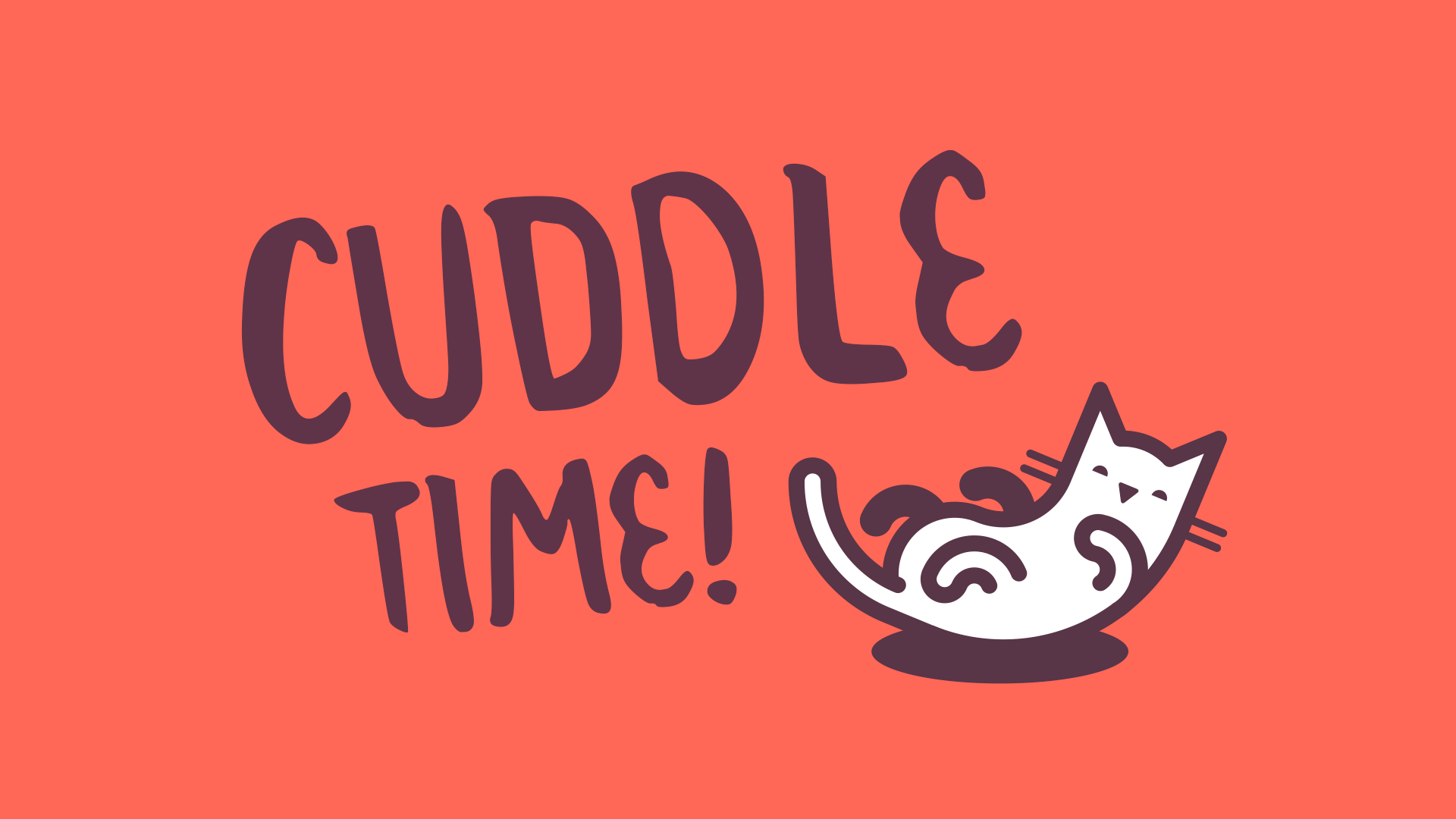
RSPCA specialist talks about cat’s body language
2 Jun 2017.
Cats’ personalities are one of the reasons we love them but how can we spot if a puss is a fiery feline or a mellow moggy? The RSPCA’s resident cat welfare expert Alice Potter gives Cat in a Flat’s cat sitters and owners some top tips on how a cat’s body language can help you understand if they’re happy or not.
As a nation, we love cats.
We love watching viral videos of them jumping into boxes, curling up on the sofa with them and their little quirks and oddities. Whether they are sitting on our laps cosy indoors or in the great outdoors scaling trees and having adventures, we want our cats the happiest they can be. However sometimes it can be difficult to detect whether your furry friend is a content cat, giving you the cold shoulder or unhappy and stressed.
Table of contents
Here’s some top signs to look out for in your cats body language:
Your cat is relaxed:
It’s easy to spot when your cat is telling you they are happy. Aside from the loud purring, when your cat is lying down with their belly exposed this indicates that they are at ease. Their body posture will be relaxed, with their body stretched out. Ears will be in a natural position and eyes may be partly closed.

Your cat is hiding away:
We all have moments where we want to hide away from the world, either for a few minutes, or an extended duvet day. Cats are the same, if they feel worried or stressed they may disappear for a while. If your cat is feeling anxious they may hide away in a spot where they feel safe. This can be anywhere from their bed or in your underwear drawer! To keep kitty happy, make sure they always have access to safe places where they can escape.

Your cat is laying low:
When feeling angry or unhappy, a cat may lay down with their body flattened to the ground. Their ears will often be flattened to their head, pupils dilated and limbs held tight and close to their body. Their head may also be drawn back and their body slightly rolled over to one side. The kitties mouth may also be open and tense with their teeth showing.

Your cat’s a mellow moggy:
If your cat is standing with a relaxed body posture chances are they are feeling relaxed and happy in their environment. Their ears may be in a natural position. Tail is held upright with the tip of the tail curved. Their eyes will be a normal shape, and their mouth may be closed.

Your cat’s tail is tucked in:
If a cat is in a crouched position, with their muscles tense or body held tightly this can be a sign of anxiety or worry. Often their tails will be tucked tightly into their body, ears swivelled sideways and head slightly lowered. The cat’s pupils may be dilated and mild tension can show on their face which indicates a worried cat. Cats can scare easily. So make sure they can reach everything they need (e.g. bed, water, litter or outdoors) without passing things or other animals that may frighten them.

Your cat is ready to roar:
If feeling very angry and defensive the cat may stand with their back arched. Body held sideways. Hair raised and front paw slightly lifted off the ground (ready to swipe if needed). Ears will often be lowered and pointing to one side and their teeth may be on show.

Your cat is over grooming:
Although cats regularly self-groom, any change in grooming habits could be a sign that your cat is unhappy. Persistent over grooming may occur in cats suffering from stress or ill health.
Your cat is just chilling:
When they are sitting with their tail held out loosely from their body it’s a clue that you have a chilled cat. Their body posture will be relaxed. Again with ears in a natural position, and eyes a normal shape, with their mouth closed.

Your cat’s daily routine:
Any change in their usual habits, such as feeding or toileting could indicate stress. There are many reasons a cat may stop using their litter tray. For example it may not be being cleaned out regularly enough. Or they may be feeling stressed or unwell. Cats like to have fresh, clean litter trays. So as well as cleaning out any mess at least once a day, it might be worth adding a second litter tray somewhere else in the home. This way your cat has a choice of where to go to the toilet. Always contact your vet if you are worried your cat might be unwell.
Understanding your cat’s body language is a great way to help identify if they are happy.
In order to spot any changes it is important to spend time watching and interacting with your cat to learn how they usually behave. You can help your cat be happy and relaxed by making sure you provide them with lots of opportunity for exercise and play. Cats naturally use objects to scratch, mark territory, strengthen muscles and sharpen their claws. So provide sturdy scratching posts to allow this natural behaviour. And never punish your cat for its behaviour – it will just make them scared or nervous.
Try not to panic if your cat exhibits any signs which might suggest they are unhappy. There are lots of factors that could contribute to this behaviour. It could mean they are bored, ill, distressed or injured. If you have any concerns always contact your vet for advice.
For more details on understanding your cat’s behaviour, visit RSPCA.

Illustrations: Lili Chin Copyright 2011. All rights reserved.
- #cat advice
- #cat behaviour
- #cat body language
- #cat mood
- #catinaflat
- #catsitting
- #RSPCA
- cat minding


